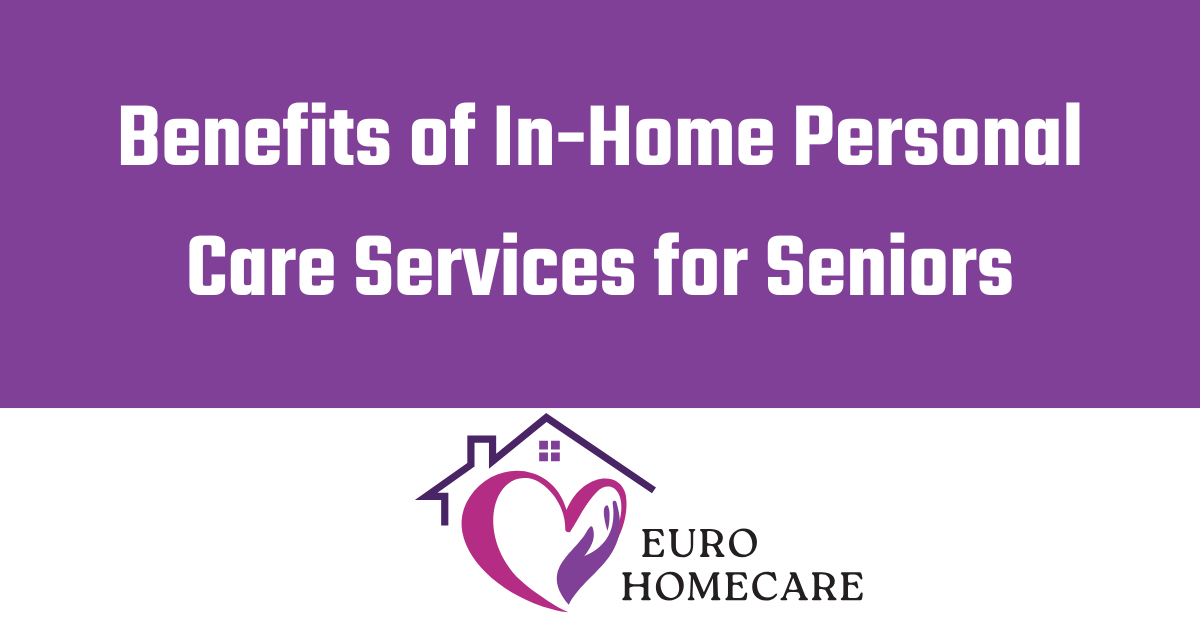The Difference Between Live-In Care and Hourly Home Care Services
When families begin searching for in-home support for an aging or recovering loved one, they often encounter two main types of care: live-in care and hourly home care services. While both provide valuable assistance, they are quite different in structure, cost, and the type of support offered. Understanding these differences can help you choose the right care solution for your family’s needs.
What Is Live-In Care?
Live-in care involves a professional caregiver who resides in the client’s home, providing continuous support throughout the day and night. Typically, the caregiver works a set number of hours each day, with breaks and designated sleeping time overnight. This option is well-suited for individuals who need consistent help with daily activities such as bathing, dressing, meal preparation, mobility assistance, companionship, and medication reminders. Key characteristics of live-in care:
One caregiver (or a small team) stays in the home long-term
Care is personalized to the client’s routines and needs
Provides peace of mind with someone always nearby
Requires the home to have a private space for the caregiver to rest
What Is Hourly Home Care?
Hourly home care (sometimes called hourly or shift-based care) offers flexible, scheduled assistance where caregivers visit the home for a set number of hours per day or week. These shifts can range from just a few hours to full 12-hour or overnight blocks, depending on the individual’s needs. This option works well for clients who require help only during specific times of day or night or whose families can cover part of the caregiving responsibilities themselves. Key characteristics of hourly home care:
Caregivers are scheduled in shifts, often with multiple caregivers over time
Families can choose specific days and hours of care
Ideal for part-time needs or occasional respite support
Generally more flexible but may become costly for 24/7 coverage
How Do Costs Compare?
Live-in care typically offers a cost-effective solution for those needing around-the-clock help. Since the caregiver lives in the home, the cost is often calculated as a flat daily or weekly rate, which can be lower than hiring multiple hourly caregivers to cover all hours.Hourly care, on the other hand, is billed by the hour, making it a more affordable option for part-time or occasional assistance but potentially more expensive if 24/7 support is required. It’s important to assess both the financial aspects and the care requirements to determine which model fits best.
Which Option Is Right for Your Loved One?
Choosing between live-in care and hourly home care depends on several factors:
How many hours of support does your loved one need each day?
Do they require overnight supervision or just daytime help?
Does your home have space to accommodate a live-in caregiver?
Is there family nearby who can assist with caregiving responsibilities?
Live-in care is often ideal for seniors who need continuous support and want to remain in their homes without the disruptions of rotating caregivers. Hourly home care is well-suited for those who need help only at certain times or whose families can provide partial care.
Making the Right Choice for Your Family
Both live-in care and hourly home care services play important roles in supporting aging or recovering individuals at home. By understanding the differences, you can make a thoughtful decision that balances care needs, family involvement, and budget. At Euro Homecare, we offer both live-in and hourly care services tailored to meet the unique needs of each client. If you’re unsure which option is right for your family, our care experts are ready to help you navigate the decision with confidence and care. Contact us today to learn more.














